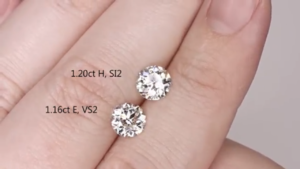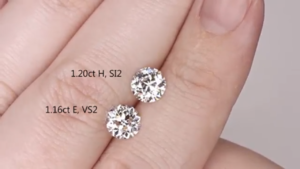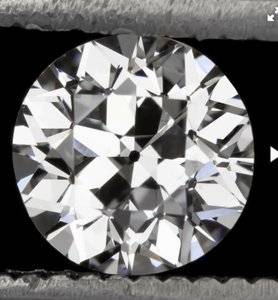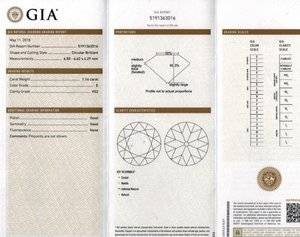diamondseeker17
Rough_Rock
- Joined
- Feb 5, 2019
- Messages
- 7



 Hello!
Hello!This is my first post on this forum
I have been searching for an antique diamond for my engagement ring. I love their unique cut and the idea of a romantic diamond with history. All to say that I have found one that has caught my heart and I needed your opinion to see whether it is truly antique. Below you will find picture, GIA certificate and live pictures (the diamond in question is the second bottom one). GIA states that the diamond is circular brilliant and by the way the cut looks, I assume it is an OEC but didn’t quite make the cut with GIA’s criteria (this is what the seller is also stating). Overall my question is, if GIA certifies a diamond as “circular brilliant”, does it always imply that it is an antique diamond and are there instances where a circular brilliant as certified by GIA would not be antique? And finally, regarding the diamond in question, would it be possible to tell me from which time period it is by it’s cut?
Thank you so much for your help!







300x240.png)